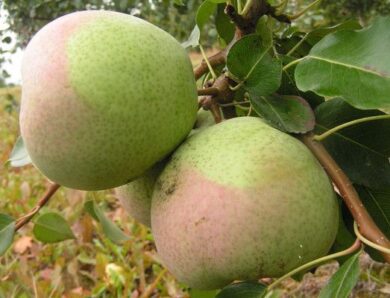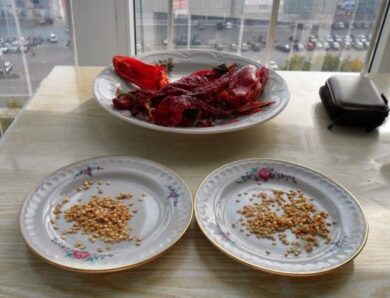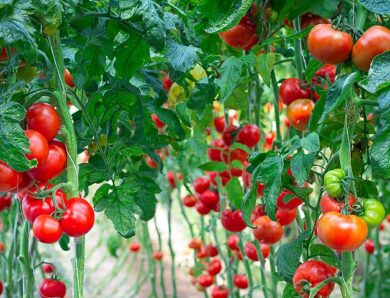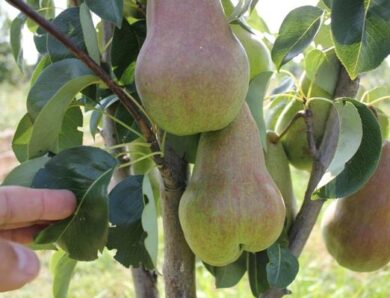Dutch currant pink: cultivation and care of the variety, yield, resistance to disease
Red and black currants are valued among gardeners not only for their taste, but also healing properties. in addition, this plant is loved for its ease of care and unpretentiousness in cultivation. Gardeners take pride of place in one of the varieties - red currant Dutch pink.
Description
Pink currant belongs to the Western European variety, which was bred in Holland, but the origin of the variety is unknown. The bush is medium-sized with light green small leaves. Shoots of medium size, strong. The bush itself grows up to one and a half meters, not too extensive. The brush throws out 10-14 div. The berries are medium and large, weight 0,5-1,1 m, with good care reach to 2,5 p. The fruits are pale pink, fragrant and sweet to the taste. It is worth noting, that pink currants are always sweeter than red. Round berries.
Dutch pink currant is quite unpretentious to growing conditions. For good returns the plant needs good care. Grows well in the sun and partial shade. Planted in fresh fertile soil. To get a high yield, it is better to grow on the ground, provided with moisture.
Most berries are eaten fresh. But they also cook jelly, compote and syrups, make jam and jelly. Pink currants are rich in vitamin C., therefore it is a valuable medicinal plant. It is worth noting, that during processing the pink color of berries is not preserved.
Resistance to diseases
A special advantage of this variety of currant - in high resistance to diseases and pests. Yet, some agronomists note, that the berry is not resistant to anthracnose - a fungal disease. With anthracnose, brown spots appear on the leaves of the plant. Spores of the fungus overwinter on fallen leaves and spread with water. In rainy weather, the disease spreads more.
in addition, pink currant is unstable to aphids. Pest size 2,2 mm is held by colonies on the underside of the leaf. Cherries appear on the damaged areas, yellow and dark red bumps and bumps, which are called Gauls. The main fight against diseases, prevention, which includes weeding, removal of damaged shoots, scalding the bush with boiling water in the spring.
Crop capacity
Currants of this variety of medium and late maturity. Harvested in mid and late July. The berries are kept fresh almost all of September. Red currant Dutch pink differs from its "brothers" in high yields. Watering, feeding and weeding, made on time, give a good result - from 5 to 9 kg of fruit from one bush.
Currant Care Video
In this video you will learn about it, how to properly care for currants.




